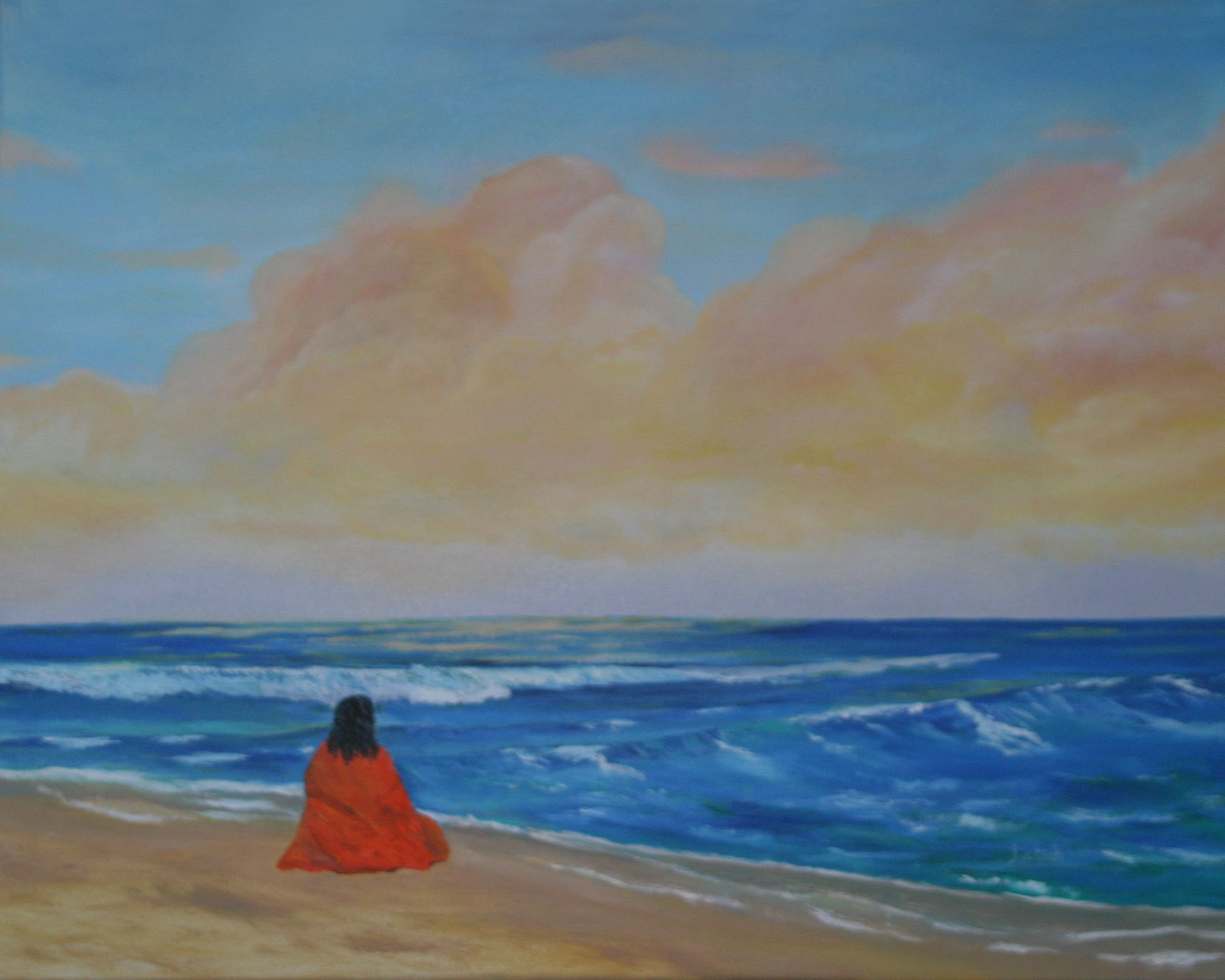Over ten thousand people gathered on the grounds of the iconic India Gate in Delhi, India; at the same time many thousands congregated at the United Nations Plaza in New York City. Why had they all come? Was it part of some global political protest? Yes and No.
It was June 21, the annual International Day of Yoga created by the United Nations in December 2014. In Delhi, New York, and many other places around the world people had assembled simply to practice yoga asanas together, and to affirm this year’s theme: “Yoga for Peace.”
It’s important for people seeking higher consciousness and peace on earth to join together, showing the unity of all people on this quest. And we can make every day of our life a “day of yoga,” if we understand it in a deeper way.
For “yoga” means “union”: uniting the individual soul with God through techniques, right attitudes, deep meditation, and devotion. Thus yoga is much more than just asanas, and should incorporate every aspect of our existence.
From Vedic times in India, the great sages taught an ideal scheme of life that embraced four stages from youth to old age leading us to true “yoga.” Let’s call these four stages the student, the householder, the advisor, and the free wanderer.* Each one can also be thought of as a part of the day to keep focused on God in that particular way.
The Student Stage
As you awaken each morning, train yourself to have your first thoughts be filled with devotion—to God, to a saint, or to whatever inspires you. If you can keep your mind spiritually focused and open to higher guidance before you become engaged in other activities, your whole day will be uplifted. Here are some words from Paramhansa Yogananda’s beautiful “Prayer at Dawn“: “With the opening of the earliest dawn and the lotus-buds, my soul softly opens in prayer to receive Thy light. Bathe each petal of my mind with Thy radiant rays!”
The Householder Stage
After morning meditation, we move into the busy activities of the day to fulfill our responsibilities. Even though we are outwardly engaged, we can see and remember God in everything we do, and perform our duties with calmness and joy in service to Him. In Yoganandaji’s “Prayer at Noon,” he writes: “As the sun shines in the busiest streets, so may I behold Thy rays of protecting love in the crowded places of my life’s activities.”
The Advisor Stage
In this phase of life we begin to withdraw from involvement in outer activities. Our duty now is to serve in an advisory and training role for others. So as this “day of yoga” draws towards dusk, we can mentally detach ourselves from activity, and relax once more into the peace of meditation. In “Prayer at Eventide,” Yoganandaji says: “The day is done. Refreshed and sanctified with the sunshine of the day I pass through the portals of evening, dimly adorned with faint stars, to enter into the temple of silence and worship Thee.”
The Free Wanderer
The final stage is for the seeker to free himself from all worldly concerns and focus completely on the search for God. Our “day of yoga” has been completed. As we close our eyes in sleep, we can offer all of our activities and thoughts, successes and failures up to God. Thus we release our sense of egoic separation into longing for oneness with the Divine. In our Guru’s “Prayer at Night,” we find these words: “One by one I have closed the doors of my senses lest the fragrance of the rose or the song of the nightingale distract my love from Thee. I have left everything—but, where art Thou? Come, show Thyself!”
In these ways, every day can bring us closer to divine union. And a lifetime filled with such days is one that fulfills our true spiritual destiny.
Towards unity with God,
Nayaswami Devi
*If you want to know more about these stages, we recommend a new book from Crystal Clarity Publishers: The Four Stages of Yoga, by Nischala Cryer.
Subscribe to the Touch of Light podcast. Download the audio recording of this week’s blog by right-clicking here. Or listen to it here (4:34):

12 Comments
Thank you Deviji, this is a beautiful and uplifting interpretation of Master’s Prayers.
Jai Guru.
Joy in God!
How sweet it is.
Namaste Jikaidevi
Dear Nayaswami Devi Ji,
Very Sweet. Thank you for this wonderful blog :)
You have interpreted and put it in a simple manner for us to get the essence of Master’s prayer.
Aum,
Prem
So grateful for the guidance and Light on the path ~ In harmony and love.,
This guidance is so lovely…loving and succinct. Love and joy to you, dear Devi
What very lovely imagery for a “day of yoga” each day.
Thank you!
Beautiful…
Beautiful… Thank You!
Thank you so much for this beautiful advice. I do most of it, but I will try to perfect it, so I definitely need suggested book. Blessings Adam
Dear Sister,
thank you so much for this beautiful and inspiring words, it is so important to remind ourselves every morning, noon, evening and night why we are here and what is our goal! I’ll try even harder never to forget it!
With deep gratitude and love,
Anandita
Thank you so much.
With reverence and love,
Beena
And as a brand new day begins with the birds communicating & singing their songs/
For all those with loving hearts that can listen,singing to Mother Nature & God/They
sing of their freedom,happiness & being content..giving praise & thanks again/Oh,see
what you can learn from those birds,my friend.